Trying to learn how to use a greenhouse correctly? Or rather, how to not use one incorrectly? Then you’ve come to the right place.
As gardeners, we have little control over the elements, and this can be a frustrating part of outdoor gardening.
We can certainly aim to work with our gardens’ natural conditions, but we really can’t do much to change them. C’est la vie, and all that.
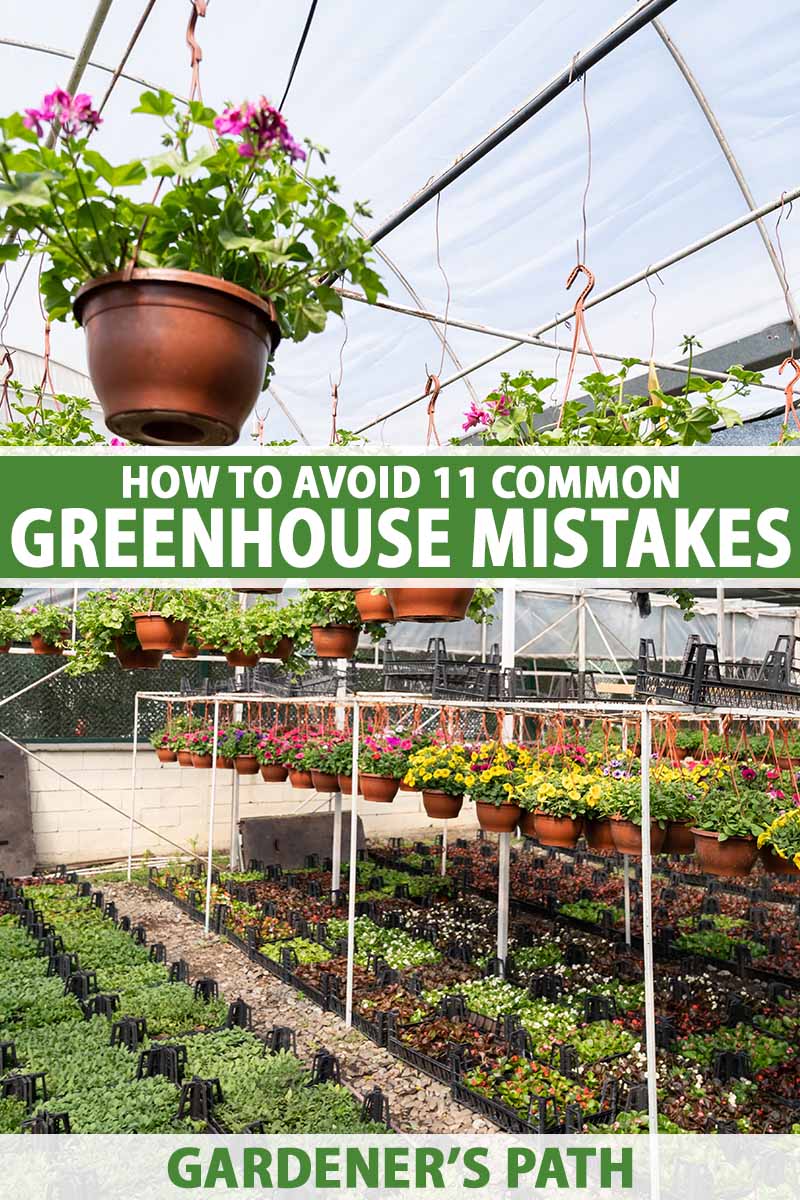
We link to vendors to help you find relevant products. If you buy from one of our links, we may earn a commission.
But a greenhouse allows gardeners to really take control.
Light, temperature, humidity – we can manipulate it all, in ways that can kinda make you feel like a gardening god.
But as the stories of many mythologies have shown, deities can mess things up, too.
In this guide, we’ll go over some common mistakes that gardeners might make in their greenhouses to give you a better understanding of how to optimally utilize their plant-growing power.
After all, “With great power comes great responsibility,” as a certain arachnid-themed hero is fond of saying…
Here are the particular gaffes that we’ll be touching on in this guide:
11 Common Greenhouse Mistakes to Avoid
1. Choosing a Bad Location
When scouting your property for potential places to site your greenhouse, there are several important factors to consider.
To maximize the amount of year-round sunlight that the structure receives in the Northern Hemisphere, try and place it to the south of your home.
The east or southeast are the next best spots, followed by the southwest and west. Try to avoid placing it to the north of your home, if at all possible.

For the sake of not having to run your utilities too far or walk long distances, a placement somewhat near your home is smart. An attached greenhouse is as proximal as you can get, but a detached one in the yard works well if you need a larger structure for gardening.
Plus, it may be desirable to keep your plant children and human children separate – I’d imagine that one may also offer a relaxing escape for when the other is stressing you out.
As for nearby trees, you have a couple options. For soaking up the most rays possible, ensure that there are no trees close by that’ll block sunlight from hitting your greenhouse.
But if you want to provide some afternoon shade in hot summers, a deciduous tree positioned in the right place can make that happen, while also allowing for sunlight to travel through its leafless canopy in winter.
No matter where you end up putting the structure, you should ensure that it sits on level ground. Opt for flat stretches of land over sloped ones, and note that any necessary grading will add more time and expense to the whole ordeal.
2. Failing to Ventilate Properly
Without proper air circulation, your plants could succumb to moisture-loving disease pathogens and die.
If the greenhouse has no ventilation, then the heat will rise inside and could potentially cook your specimens on sunny days, even in the coldest winter.
Whether on the roof or as part of the side walls, vents are a fantastic way to provide better airflow for your plants.
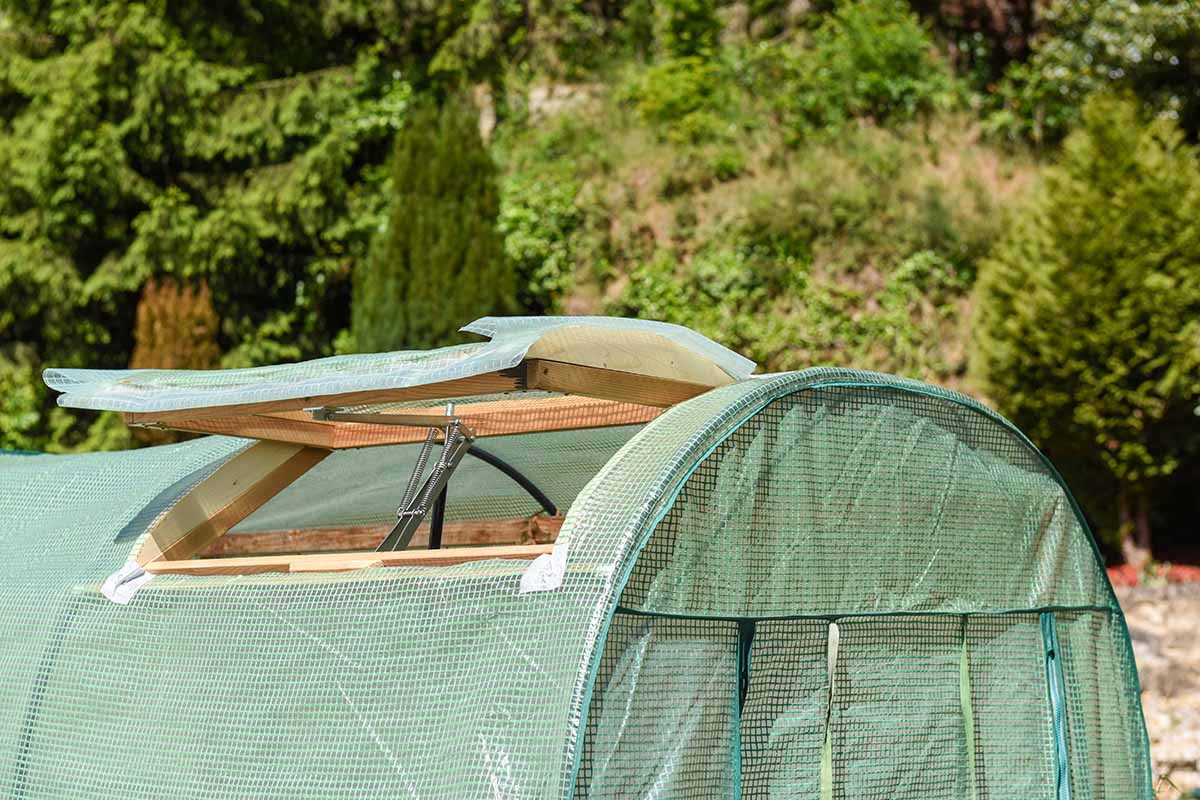
Open them wider for more ventilation, close them for less. This is a method that’s worked for as long as greenhouses have been around.
But if you don’t want to have to run outside to open and close windows and vents all day, modern technology is your savior.
Nowadays, many manufacturers offer automatic vent openers that’ll do the vent adjusting for you!
They can operate on electricity – whether via AC, batteries, or solar power – or contain a wax that expands when heated and contracts when cooled, which doesn’t require a temperature sensor!
Fans can be used if additional ventilation is necessary. By venting the hot air to the outside as exhaust, the fans create a vacuum that also draws in cool air from the outside through open doors, vents, and any cracks.
The size, location, and amount of fans that you use in a ventilation system all depend on your structure’s size and ventilation needs – plan for whatever’s necessary to keep it from becoming too warm.
3. Ignoring Pests
It’s easy to forget about creepy-crawlies when you’re working inside a structure, but doing so would be a regrettable mistake.
The warmth, humidity, and ample flora within a greenhouse all scream “come and get some!” to pests.
Add frequently open vents to the mix, and now they have easily accessible entry points. So what’s a grower to do?
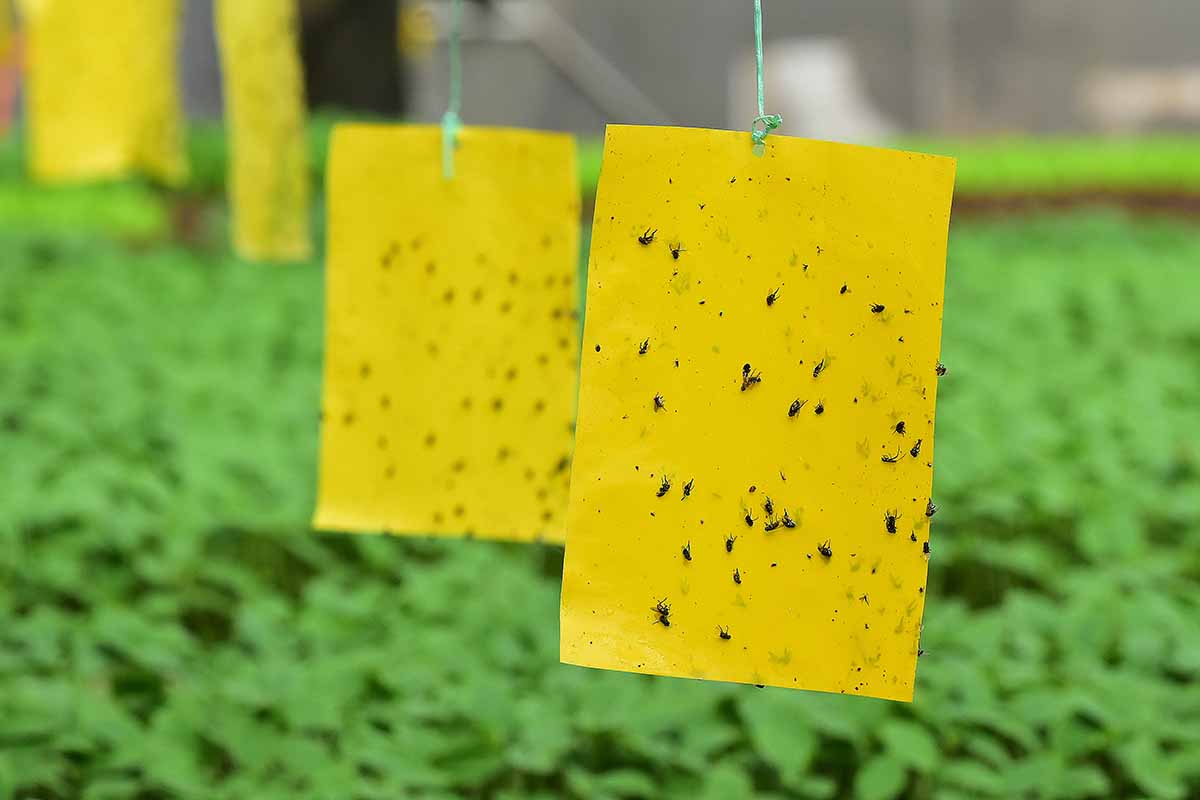
For the most part, you can prevent infestations in greenhouses the same way you would out in the garden.
Frequently inspect your plants, use sterile tools and growing media, regularly prune away dead, damaged, or diseased plant tissues for disposal, and remove organic detritus as it collects.
Other practices are specific to the greenhouse, such as keeping screens and doors in working order, eliminating pools of standing water on floors, and keeping the adjacent turf around the structure well-mowed and free of weeds.
Controls for managing any pests that are already present are also pretty similar in both realms, whether they’re physical, chemical, or biological.
But since you’re working in an enclosed indoor space, you’ll need to don some PPE and work extra hard to keep yourself – and any adjacent specimens, if necessary – safe from unwanted sprays. Review our guide to safely spraying pesticides.
Learn more about controlling pests in the greenhouse here.
4. Improper Fertilization
A common mistake out in the garden as well, faulty fertilization can actually harm your plants, or render your feeding ineffective at the very least.
Research and learn the feeding requirements of your plants before you begin.
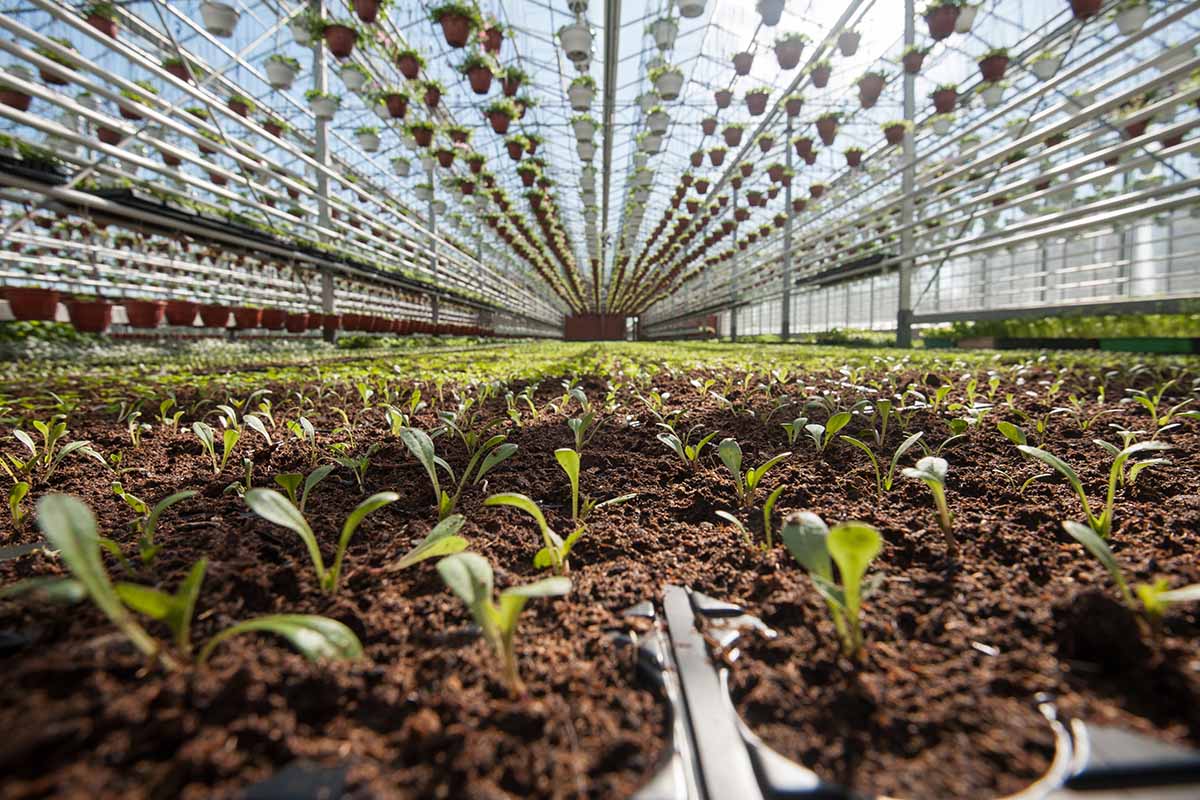
Different species will have different requirements – for example, a calla lily needs ample supplemental nutrients to flower optimally, while a nasturtium actually blooms best in a leaner growing medium.
Once you’ve learned the nutritional needs of your intended plants, keep a supply of various fertilizers on hand for all the specimens you end up growing!
To keep it all organized, you can group plants according to fertilizer needs or use a marker system to tell you each plant’s requirements.
A conspicuous marker, sticker, or color-coded tag can instantly remind you of what your plant requires. Or, keep it all logged in your trusty garden journal!
5. Not Providing Shade
Even in the winter, your plants may need shade from the sun.
When sunlight strikes a greenhouse, the resultant heat will remain trapped inside, so it helps to have a way of shading and subsequently cooling your plants for when the sun’s glare is especially harsh.
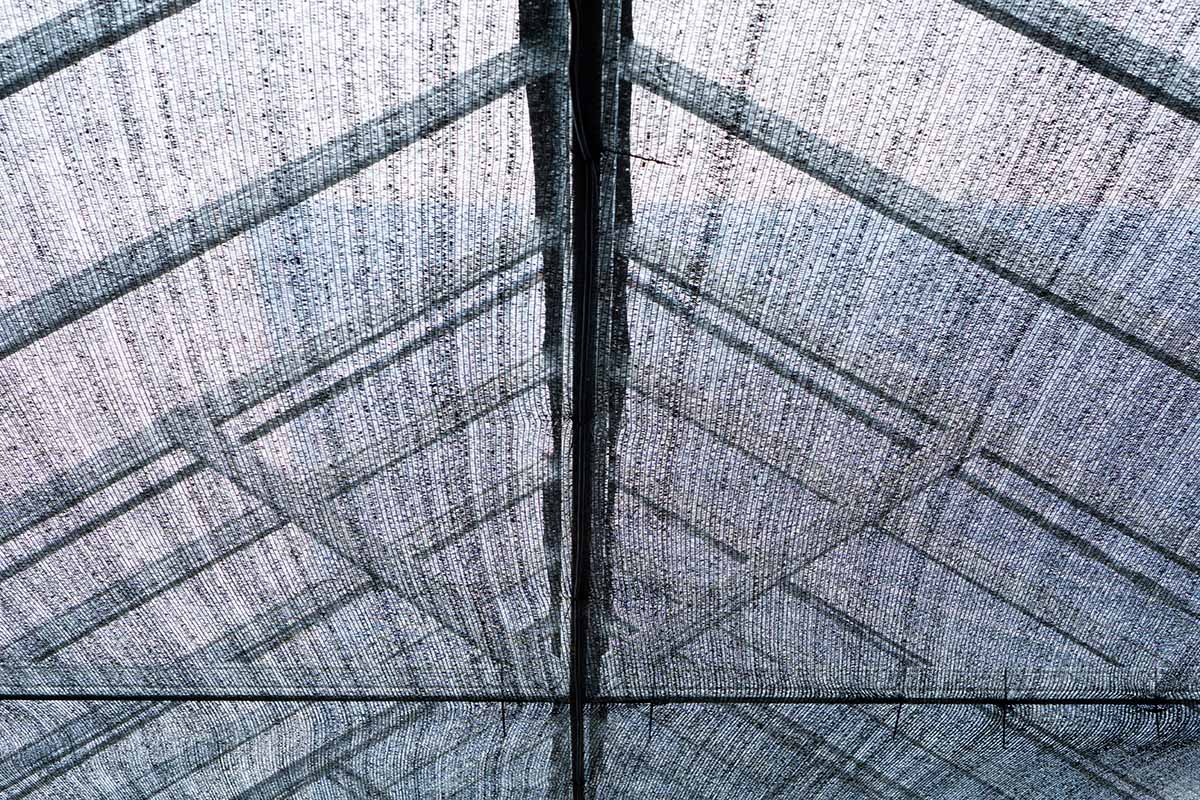
Different shading materials are available at DIY stores and from online vendors.
You’ve got fabrics such as polypropylene, polyethylene, polyester, and PVC, all with varying weights, toughnesses, and costs.
The degree of shading is usually expressed as a percentage ranging from 10 to 90 percent, which indicates the proportion of sunlight that’s blocked.
You can pull them over the roof, have them mounted on a pulley system against the inside of the ceiling, or even install an electronic system that automatically moves the shades for you when a sensor registers a certain amount of UV exposure.
An automated system will be more expensive than something manual, of course… but automated shading certainly earns that higher cost if you’re looking for a convenient option.
6. Not Maintaining Your Greenhouse
Remember Peter Parker’s “power and responsibility” schtick from earlier?
Well, here’s where the “responsibility” part kicks in: you gotta keep your greenhouse running smoothly, or at least keep it from breaking down and becoming unusable.
Just like with your actual house, occasionally poking around for potential structural issues isn’t a bad idea.
Any malfunctions, cracks, rusty spots, or areas in need of lubrication? These should be fixed quickly to prevent bigger problems down the line.
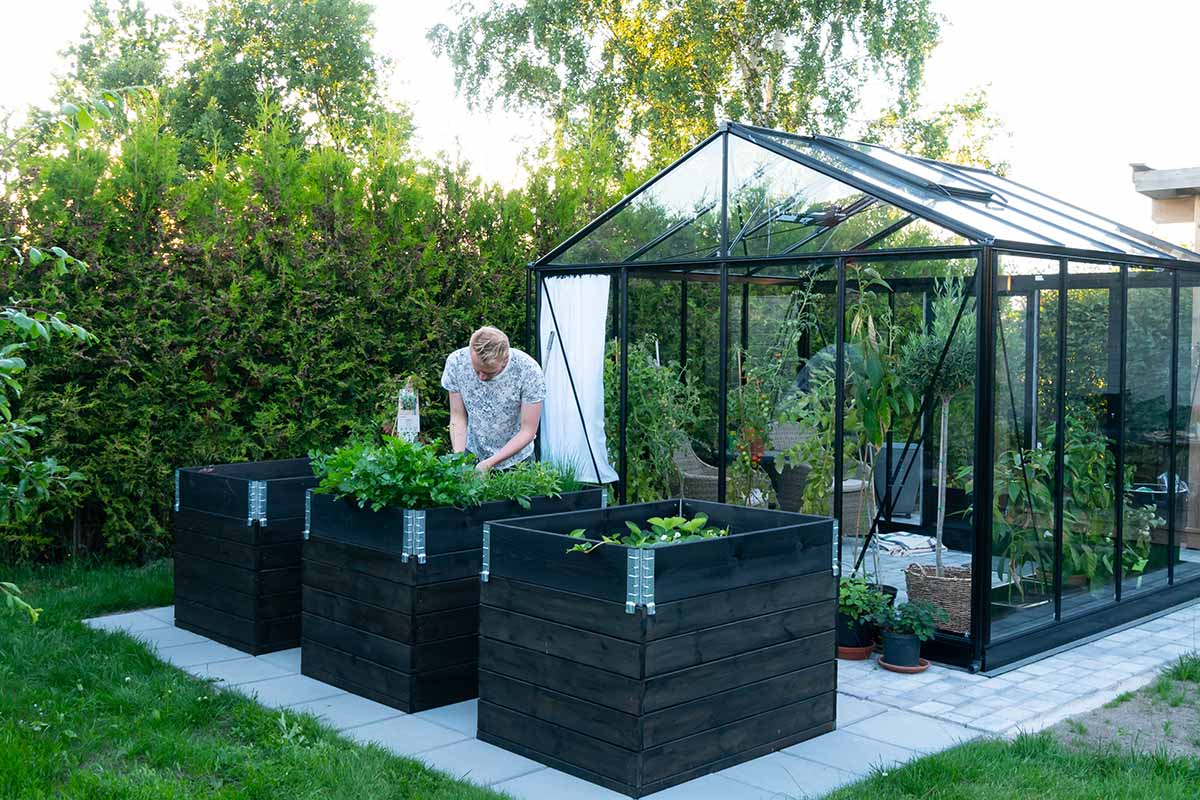
And many parts of the greenhouse need checking.
Door and vent hinges, tables, fan motors, shade pulleys, irrigation hose, utility lines, power generators, and the foundation itself are just a handful.
Along with fixing and preventing structural damage, keeping the place clean is quite helpful for safety, pest and pathogen prevention, and maintaining a clean appearance.
“Clean” is relative, for sure – it’s a greenhouse, not a showroom from a home decor catalog – but you’d be surprised at how much a base level of cleanliness helps with feeling organized, improving functionality and helping things to run smoothly.
7. Not Providing Heat
Temperatures can drop dramatically during the night, especially in winter.
Even in areas such as south Texas and Florida, greenhouse heaters are needed when temperatures drop below freezing.
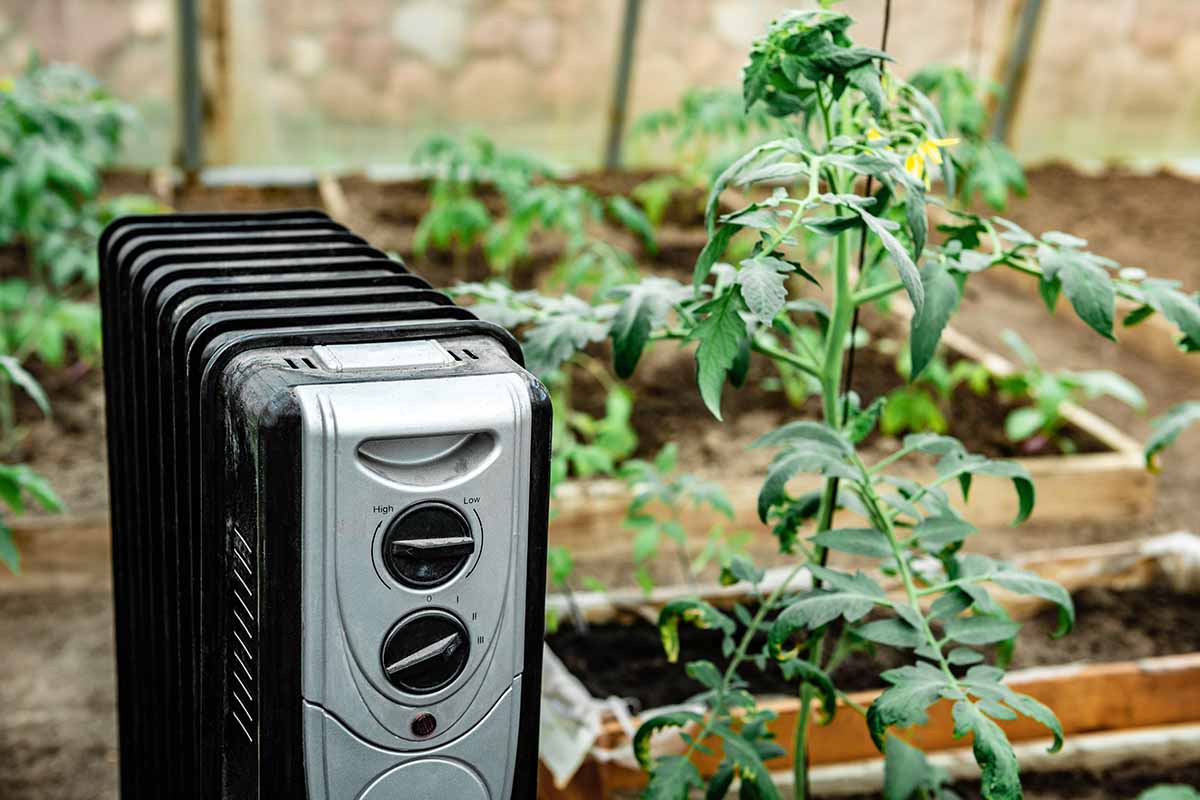
Do not use regular space heaters that you’d use in your house, as they’re not made for hot and humid environments.
Only purchase heaters rated and designed for greenhouses, and use outdoor surge protectors and power cords rated for the outdoors.
If you’re interested, we’ve got a handy-dandy guide on how to heat your greenhouse right here.
8. Over- Or Under-Irrigating
This is a universal struggle, regardless of where you grow plants. Too much water, and you could suffocate the roots while promoting the development of moisture-loving pathogens.
Too little, and your specimens will wilt, crinkle, and experience damage at the cellular level that could prove fatal.

Grouping plants with similar water needs together can make irrigation easier, and the aforementioned marking and logging techniques used with fertilizers can help you keep track of all the different water needs of your plants as well.
You can water the old-fashioned way with sprinkle hoses and time, or invest in a system that sprays, drips, or bottom-soaks your plants automatically as needed.
These systems utilize moisture sensors, timers, and/or pre-programmed settings, which can be helpful for larger-scale operations.
9. Poor Plant Placement
You may have the right plants, but are they in the right place? Once you’ve amassed your dream list of plants, you may realize that there could be some logistical issues.
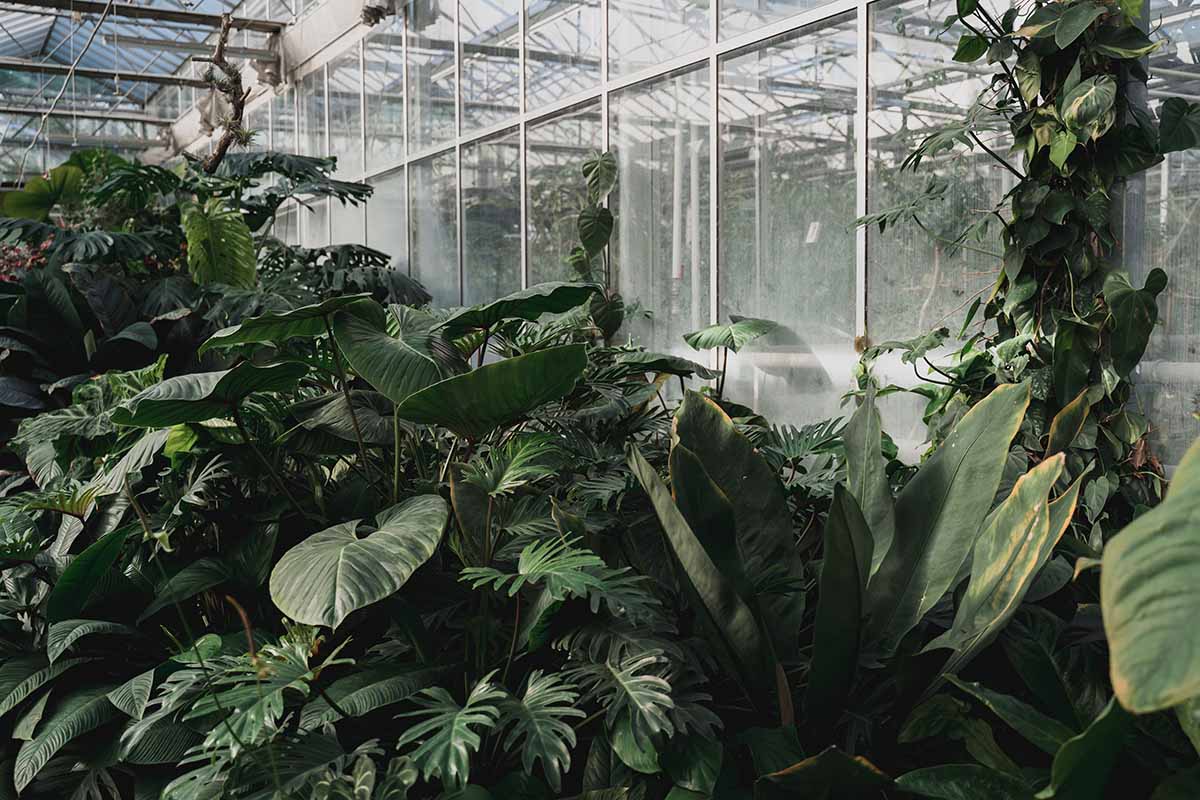
Plants that are too tall may come in contact with the greenhouse’s ceiling and cause too much shading of other plants, which could lead to suboptimal growth and disease development.
So it’s definitely important to keep their mature sizes in mind during initial placement.
You’ll want to group plants together based on similar physiological needs, such as sun, water, humidity, and fertilizer requirements.
This won’t be possible to do to account for every single factor, of course, but doing the best you can will make it easier to provide each plant with what it needs without too much hassle.
10. Too Much or Too Little Humidity
Similar to liquid water, too much moisture in the air can allow pathogens to run rampant in your greenhouse.
But you may encounter the opposite problem as well – too little and the plants may quickly dry out.
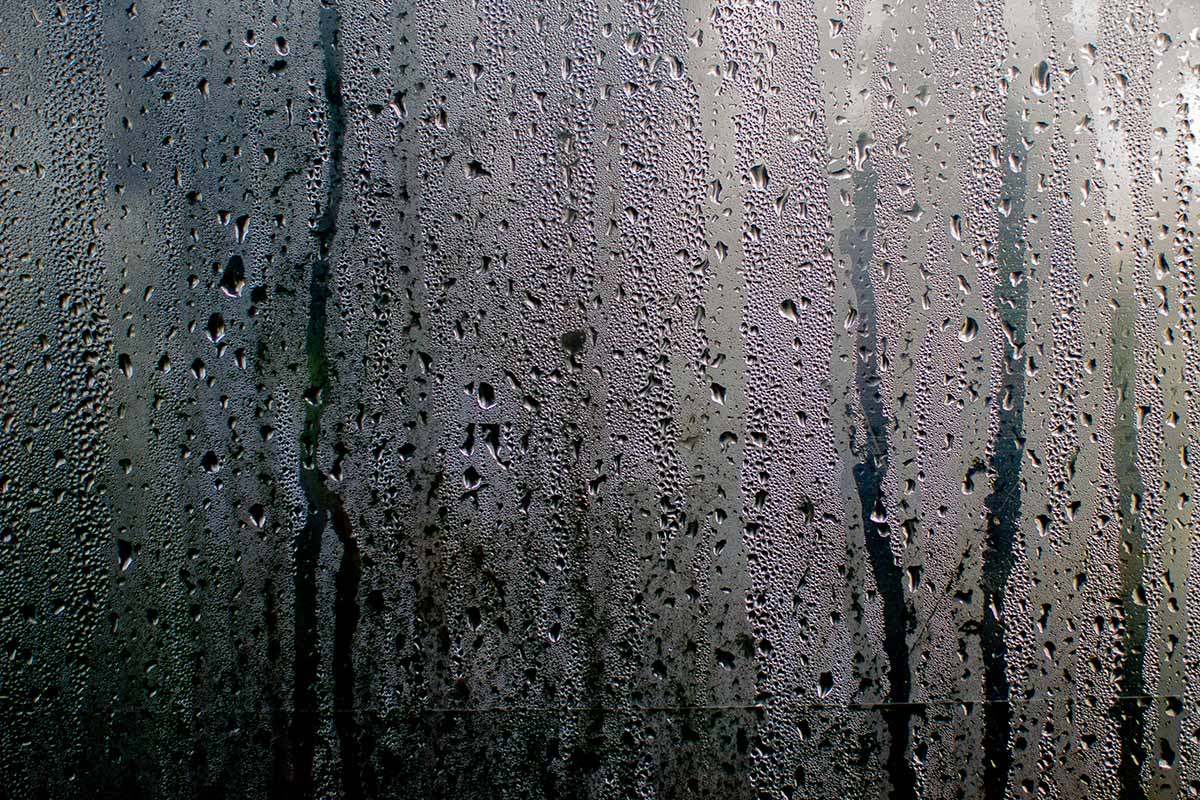
Do your research ahead of time to group plants with similar humidity needs together.
Misting plants with water and physically putting them closer together is an excellent way to increase humidity, while increasing ventilation, adding bottom heat, and moving plants further apart will decrease it.
Water sprayed on the floor will evaporate and increase humidity, which can be helpful for overheated plants when used in a process known as evaporative cooling.
Avoiding too much water spillage and providing a well-draining floor are both solid means of keeping the ground dry if your goal is to keep humidity at a lower level instead.
11. Using the Wrong Growing Medium
In a greenhouse, filling containers with common garden soil might spell disaster.
Garden soil is less sterile than many purchased mediums and compacts more easily, potentially killing the roots in time.
In large containers of compacted garden soil, the top part of the soil dries out while the bottom of the container becomes bogged with water.
Containers of garden soil can then become far too heavy to safely lift or move.
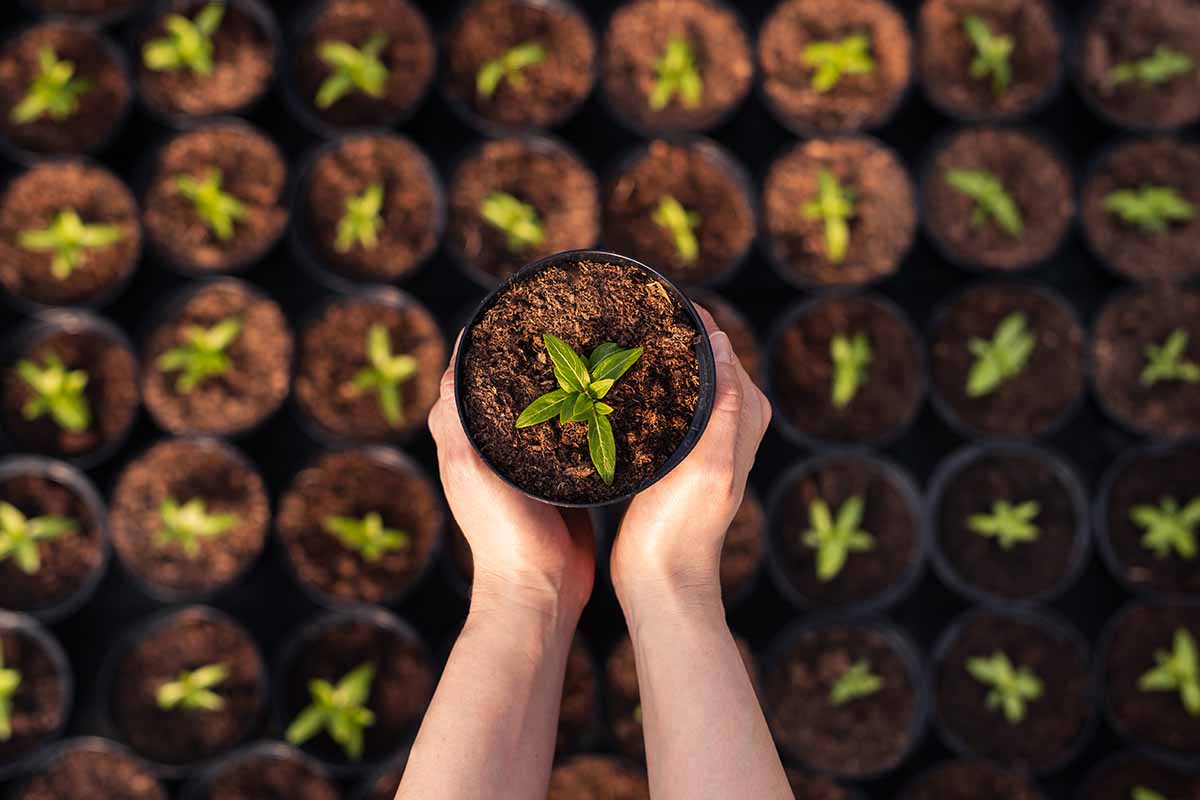
You should use soilless growing mediums instead, as they can sidestep all of the above problems, with healthier plants and higher yields to boot.
When used and formulated correctly, they’re lightweight, well-draining, and quite sterile.
Different plants have different media requirements, depending on their individual needs for nutrients and moisture.
But with a soilless media, at least you can easily make the necessary changes – amending garden soil is often much tougher.
You’re Green No Longer
At least when it comes to greenhouse mistakes, your neophyte days are over. That’s the great thing about the errors of others: we can learn from them without making ’em ourselves.

But if you find yourself making a mistake or two of your own, then that’s okay! As long as you learn from the experience, then those mistakes were well worth making, if you ask me.
Questions, remarks, mistakes of your own to share? The comments section awaits.
Trying to learn all you can about greenhouses? Then these guides will surely have a positive effect on you:
Greenhouse virgin here so great info!
WOW!! Thank you for one site to find everything one needs to know about a plant, product, care, soil. I am amazed . Gardener’s Path is now my GO TO site for everything. I’ve spent days, in the past, researching issues related to gardening, care of trees, etc. It’s all here in one place and I can easily find that same information again without downloads, tabs etc. Thank you for your detailed information, like the type of products to use when caring for a plant, tree or building a greenhouse, on and on… all in one place. I’m amazed and… Read more »
Thanks so much for your kind words, Frances. We’re so happy that you found us!
Thank you! I think my ficus yellow gems got cooked in my greenhouse. I zippered it tightly with temps going down. During the day, I partially opened to allow ventilation. Would you know if it is due to to the temperatures that go down to 39°F or not enough air circulation?
Sorry to hear it, Jam! Depending on your growing zone, I wouldn’t count on being able to grow tropical plants like Ficus altissima ‘Yellow Gem’ outdoors in a popup portable greenhouse in the fall and winter. Where are you gardening? While these may serve to extend the season for plants suited to your zone during the summer months, a greenhouse like the one you’ve described isn’t something you can count on reliably to maintain the temperature and moisture levels required to grow topicals in near-freezing weather. Rather, they typically provide enough protection to effectively simulate shifting your conditions by a… Read more »
My 10 x 12 greenhouse has been a joy. Homemade with polycarbonate and steel sides, steel roof. Everything was great till one day after a thorough watering after fertilizing my soil turned white and fuzzy. I sprayed with white vinegar and water which really helped but had to do that for several days. I assume I over watered and humidity got too high. I now have a fan on low to circulate air. Which helps but lost my cucumbers. I have mostly salad veggies planted in a 3 x 12 foot bed. Any suggestions on humidity levels, I still spray… Read more »
Cynthia, this is the first year trying a greenhouse. Vegetable plants took off beautifully tomatoes sprouted nice and then all of a sudden tomatoes stopped growing they have been the same size for over 2 weeks. Plenty of small cucumbers and again the growth stopped. I’m going to try a fan to help reduce humidity and see if that helps.
Please assist me, tell me 2 limitations of local greenhouse structures that are not well developed?